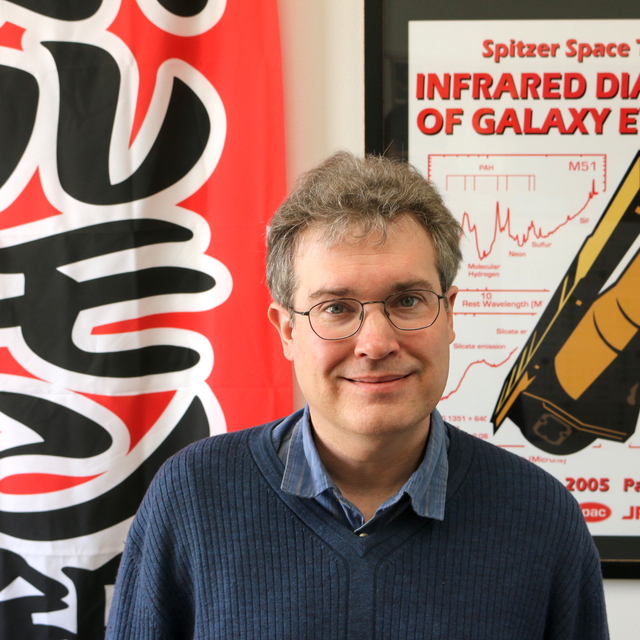July
2022
•
2022A&A...663L...1M
Authors
•
Marques-Chaves, R.
•
Schaerer, D.
•
Amorín, R. O.
•
Atek, H.
•
Borthakur, S.
•
Chisholm, J.
•
Fernández, V.
•
Flury, S. R.
•
Giavalisco, M.
•
Grazian, A.
•
Hayes, M. J.
•
Heckman, T. M.
•
Henry, A.
•
Izotov, Y. I.
•
Jaskot, A. E.
•
Ji, Z.
•
McCandliss, S. R.
•
Oey, M. S.
•
Östlin, G.
•
Ravindranath, S.
•
Rutkowski, M. J.
•
Saldana-Lopez, A.
•
Teplitz, H.
•
Thuan, T. X.
•
Verhamme, A.
•
Wang, B.
•
Worseck, G.
•
Xu, X.
Abstract
•
The properties that govern the production and escape of hydrogen-ionizing photons (Lyman continuum, LyC; with energies > 13.6 eV) in star-forming galaxies are still poorly understood, but they are key to identifying and characterizing the sources that reionized the Universe. Here we empirically explore the relation between the hardness of ionizing radiation and the LyC leakage in a large sample of low-z star-forming galaxies from the recent Hubble Space Telescope Low-z Lyman Continuum Survey. Using Sloan Digital Sky Survey stacks and deep X-shooter observations, we investigate the hardness of the ionizing spectra (QHe+/QH) between 54.4 eV (He+) and 13.6 eV (H) from the optical recombination lines He II 4686 Å and Hβ 4861 Å for galaxies with LyC escape fractions spanning a wide range, fesc(LyC) ≃ 0−90%. We find that the observed intensity of He II/Hβ is primarily driven by variations in the metallicity, but is not correlated with LyC leakage. Both very strong (<fesc(LyC)> ≃ 0.5) and nonleakers (<fesc(LyC)> ≃ 0) present similar observed intensities of He II and Hβ at comparable metallicity, between ≃0.01 and ≃0.02 for 12 + log(O/H)> 8.0 and < 8.0, respectively. Our results demonstrate that QHe+/QH does not correlate with fesc(LyC), which implies that strong LyC emitters do not show harder ionizing spectra than nonleakers at similar metallicity.
Links




